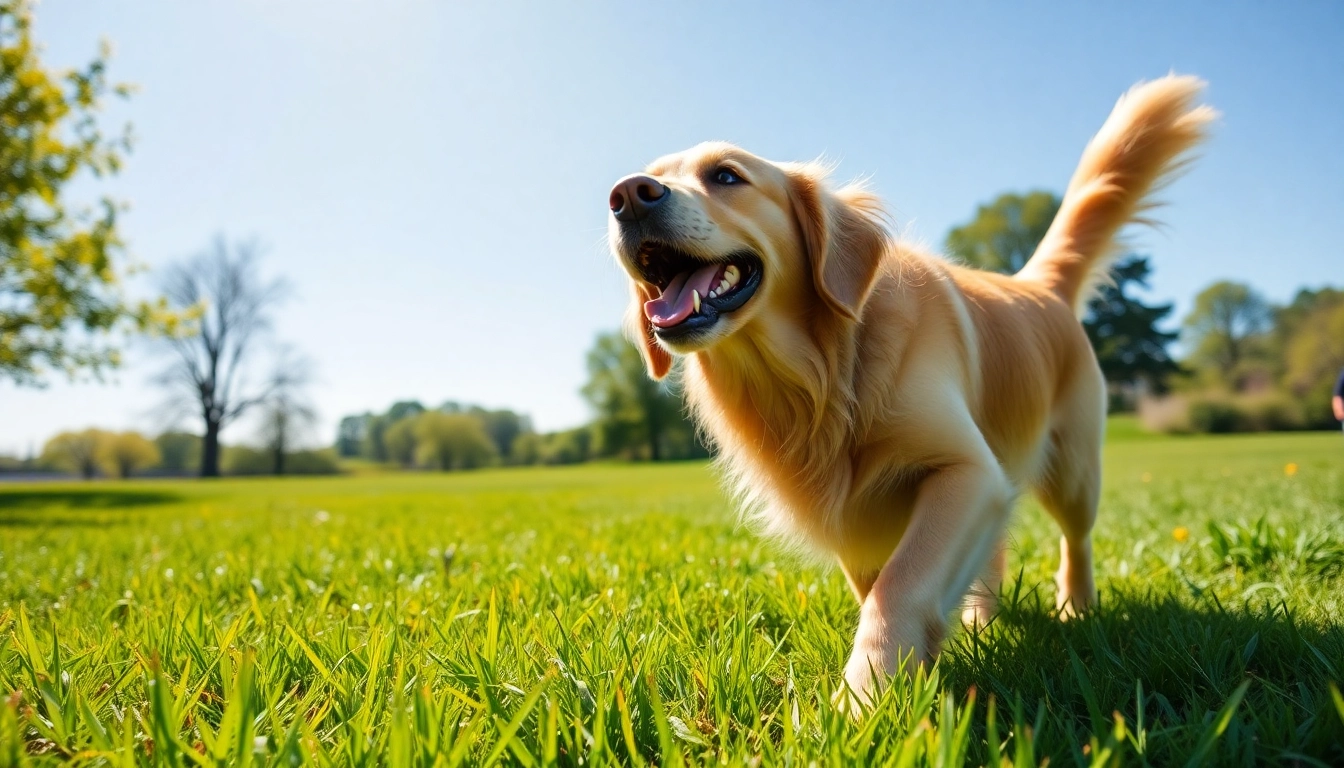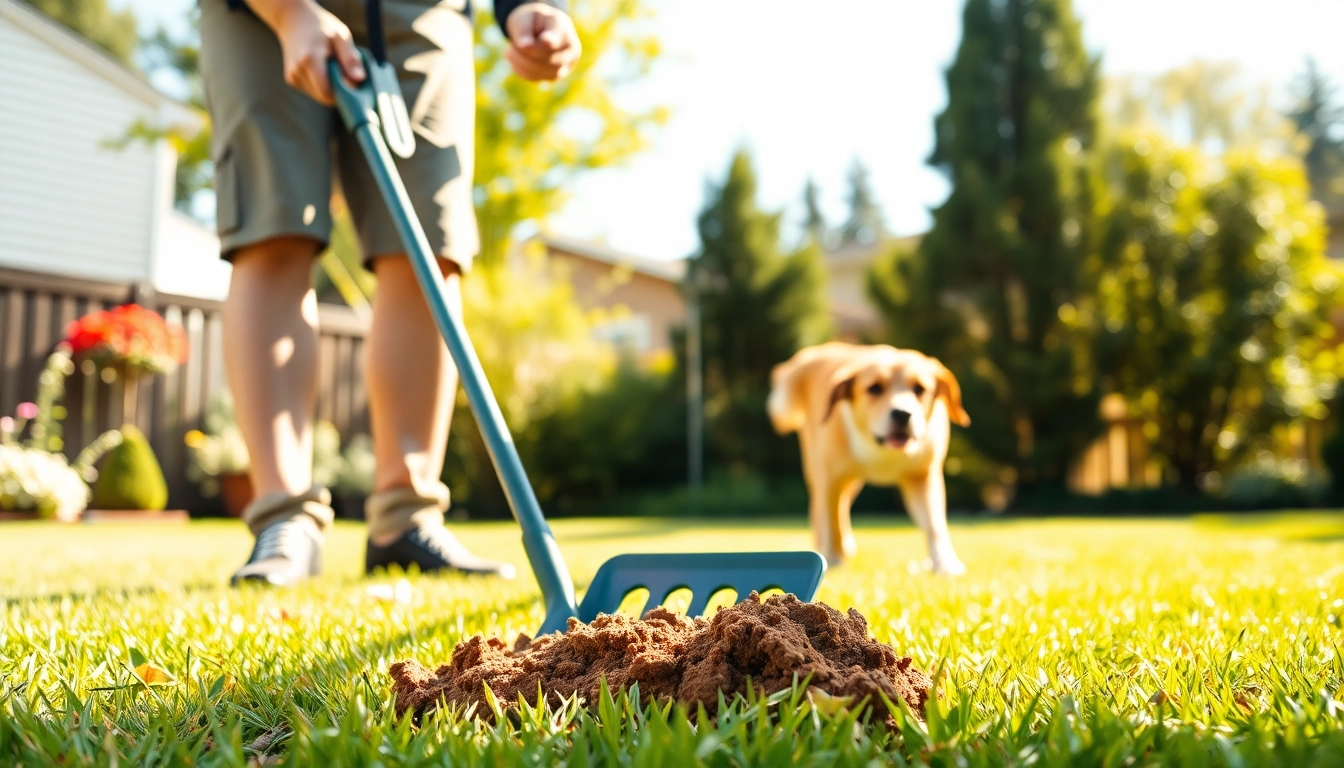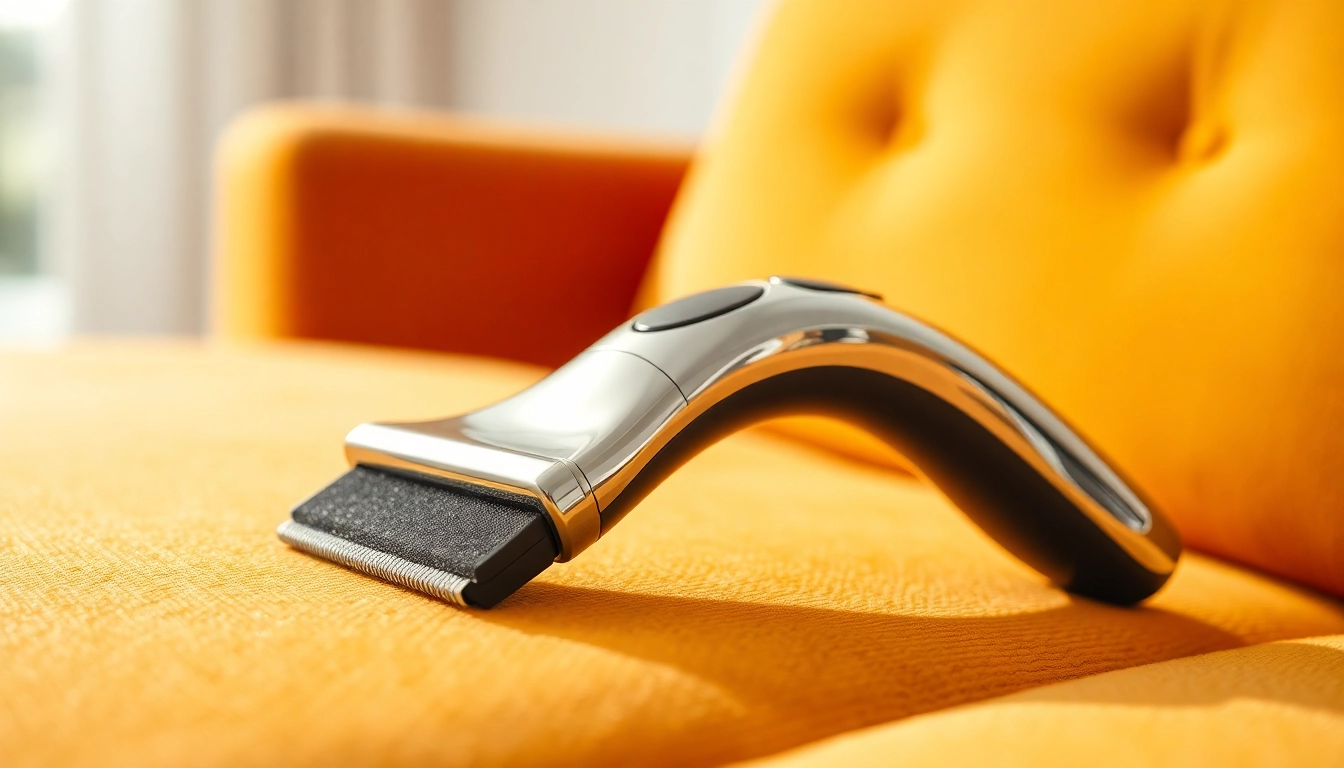Understanding Dog Collars: Types and Purposes
Dog collars are essential tools for pet owners, serving not only as a means to secure identification tags but also as a way to exercise control and showcase personal style. Each type of collar has a unique purpose, and understanding these can help you select the best option for your furry friend. Whether you’re looking for an everyday collar or something more specialized, knowledge of collar types can guide your choice. For many dog owners, choosing a dog collar is one of the first steps in responsible pet ownership.
1. Collars for Everyday Use
Everyday collars are designed for comfort and convenience. Typically made from durable materials like nylon or leather, these collars can hold your dog’s ID tags and leash attachments. Everyday collars often come in various styles and colors, making it easy to find one that matches your pet’s personality.
Features to consider include:
- Material: Choose breathable and lightweight materials for comfort, especially in warmer weather.
- Width: A wider collar distributes pressure more evenly, which can be gentler on your dog’s neck.
- Fastening method: Options include buckle, snap, or quick-release styles; consider which is easiest for you to manage.
2. Training Collars: Pros and Cons
Training collars are designed to assist in training dogs, helping them learn obedience and correct behaviors. However, they come with their pros and cons. Common types of training collars include choke chains, slip collars, prong collars, and electronic collars.
Pros:
- Quick Correction: Some training collars provide immediate feedback when your dog misbehaves.
- Control: They can help create a better understanding of acceptable behavior in high-distraction environments.
Cons:
- Pain and Distress: If not used correctly, some collars can cause pain or distress, damaging the dog-owner bond.
- Not Always Effective: Some dogs may become desensitized to the collar over time.
It’s crucial to research and consult a professional trainer when considering the use of training collars.
3. Fashion vs. Function: Finding the Right Balance
Dog collars come in all shapes, sizes, and designs. While functionality is essential, many pet owners also want their dog’s collar to look good. Finding the right balance between fashion and function requires thoughtful consideration.
A few tips to keep in mind:
- Consider Your Dog’s Activity Level: If your dog is active, choose a sturdy collar that can withstand wear and tear.
- Look for Personal Style: Many brands offer unique fabrics, patterns, and embellishments, allowing for a stylish accessory.
- Emphasize Comfort: Any collar should feel comfortable for your pup; consider padded options for more active dogs.
Essential Features of a Quality Dog Collar
A quality dog collar isn’t just about appearance; its construction and features play a significant role in its effectiveness. Here are some features to consider when selecting a collar for your dog.
1. Material Matters: Durability and Comfort
The material of your dog’s collar affects its durability and comfort. Common options include:
- Nylon: Lightweight, flexible, and available in a vast array of colors and patterns.
- Leather: Durable and stylish, but may require more maintenance to keep it in good shape.
- Neoprene: Offers excellent comfort and is often waterproof, making it ideal for water-loving dogs.
Consider your dog’s lifestyle and any specific needs they might have when selecting the material.
2. Adjustable and Secure: Sizing for Comfort
Size is crucial when it comes to collars. A good dog collar should be adjustable, allowing for a snug but comfortable fit. To measure your dog’s neck correctly:
- Use a soft measuring tape and measure around their neck, adding a couple of inches for comfort.
- If you can fit two fingers between the collar and your dog’s neck, it’s likely a good fit.
- Check periodically, as your dog’s weight and size can change over time.
An improperly fitted collar can lead to discomfort or health issues, making proper sizing a priority for all pet owners.
3. Safety Features: Breakaway and Reflective Options
Safety should always be a priority when choosing a dog collar. Breakaway collars are designed to release under pressure, which is particularly useful if your dog gets snagged on something. Reflective collars will help keep your dog visible during nighttime walks, enhancing their safety.
Consider your dog’s daily routine when deciding on safety features. For example, a reflective collar is crucial for dogs that frequently walk in low-light conditions.
Choosing the Right Dog Collar for Your Pet
Choosing the right collar for your dog involves considering several factors that may influence their comfort and your convenience. Let’s dig deeper into what you should keep in mind while making this important decision.
1. Size and Breed Considerations
Understanding your dog’s breed and size is crucial when selecting a collar. Larger breeds may require heavier-duty collars, while smaller breeds can utilize more delicate materials.
Some considerations include:
- Breed Characteristics: Consider built-in characteristics; a Greyhound, for instance, has a slender neck and requires a specific type of collar that fits firmly but comfortably.
- Weight: Heavier dogs need more robust collars to prevent breakage.
2. Activity Level and Lifestyle
Your dog’s activity level will largely influence the type of collar you should choose. Active dogs that enjoy running and playing may benefit from a collar that is more durable and water-resistant.
Here’s how to consider activity:
- Exercise Habits: Dogs that go on hikes or spend a lot of time outdoors will require more durable collars, while those that are mostly indoors may not.
- Special Activities: Training and agility dogs may benefit more from specialized collars that avoid catching on obstacles.
3. Consult with Professionals: Groomers and Trainers’ Advice
When in doubt, consult with professionals. Dog groomers and trainers often have extensive experience and insights regarding the best collar options based on their interactions with various breeds and temperaments.
Why consult professionals?
- Expertise: They can provide personalized recommendations based on your dog’s specific needs.
- Experience: They may have seen success with certain collars and can share real-world insights.
How to Properly Fit and Maintain Your Dog’s Collar
Once you have chosen the right collar, it’s essential to ensure it fits properly and is well maintained. Proper fitting and care will ensure your dog remains comfortable and safe throughout their day-to-day activities.
1. Step-by-Step Fitting Guide
Fitting your dog’s collar correctly can be broken down into simple steps:
- Position the collar around your dog’s neck and secure it loosely.
- Insert two fingers between the collar and the neck; this will provide the best fit.
- Adjust as necessary, ensuring that the collar is not too tight or too loose.
- Monitor your dog when they wear the collar for the first time to see how they adjust.
2. Regular Maintenance Tips
Regular maintenance is key to prolonging the life of your dog’s collar. Here are a few tips to keep your dog’s collar in great shape:
- Routine Checks: Regularly inspect the collar for wear and tear, especially if your dog is active.
- Cleaning: Use mild soap and water to clean the collar; avoid harsh chemicals that can irritate your dog’s skin.
- Store Properly: When not in use, keep the collar in a cool, dry place to prevent degradation.
3. When to Replace Your Dog’s Collar
Understanding when to replace your dog’s collar is vital to their safety and comfort. Signs that it may be time to replace a collar include:
- Fraying or damage to the material.
- Any signs of rust or wear on the fastener or D-ring.
- A significant change in your dog’s size, suggesting the collar no longer fits properly.
Regular replacements help ensure that your dog remains stylish and safe.
Popular Dog Collar Brands Reviewed
The dog collar market offers a wide range of brands, each with its unique selling points. Here, we’ll dive into a few popular options that span different needs and budgets.
1. Budget-Friendly Options
For pet owners on a budget, there are still plenty of high-quality collars available. Brands like PetSafe and Blueberry Pet offer durability and style without breaking the bank. Focus on:
- Material quality, ensuring it withstands everyday use.
- Color variety to match your dog’s personality.
2. Luxury Collars: Worth the Investment?
Luxury collars made from premium materials can offer exquisite designs that enhance your dog’s aesthetic. Brands like Louis Vuitton and Gucci offer collars that serve both style and function. While these collars can be pricey, they often deliver superior durability and unique style options. Consider:
- Is the material worth the price?
- How long can you expect the collar to last based on its construction?
3. Eco-Friendly Choices for Conscious Pet Owners
As environmental consciousness grows, many brands have emerged that prioritize sustainability. Collars made from recycled materials or organic fabrics can appeal to eco-friendly consumers. Brands like Earth Rated offer collars that help you align your pet’s needs with your values. Key points include:
- Research the sourcing and manufacturing practices of the brand.
- Consider how eco-friendly materials can impact collar durability.



